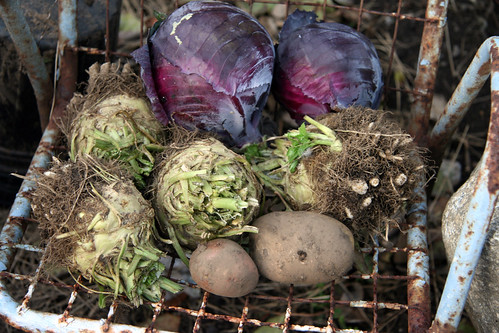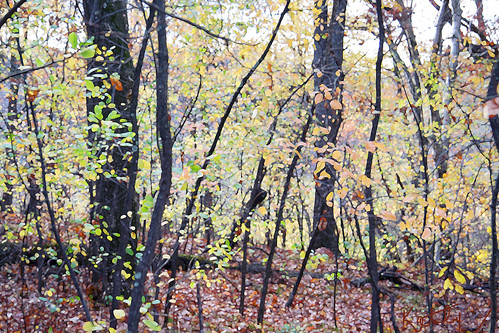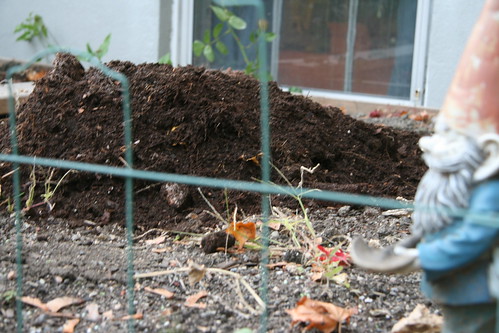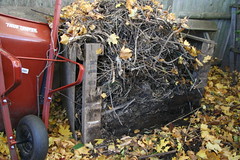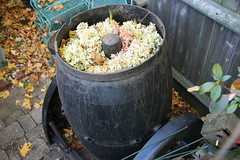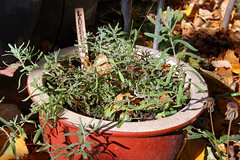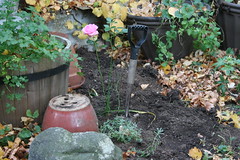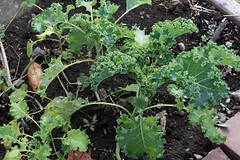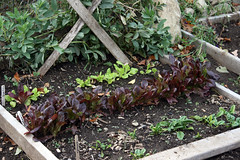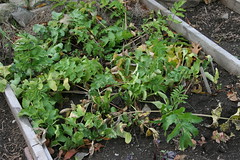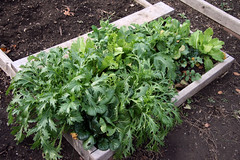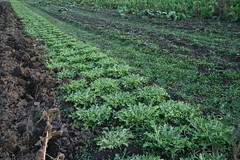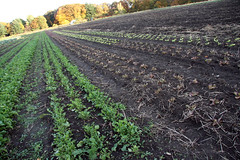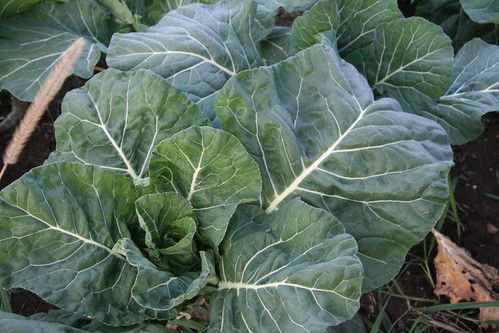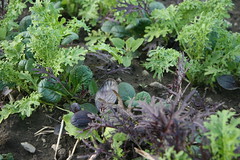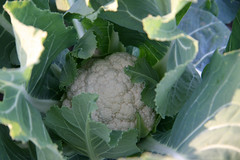Yes, you can breathe a sigh of relief as this is the final post in my Australian series. It’s been great to blog about some of the sights I have seen and the garden’s I have visited. Saying that it has been incredibly difficult leaving pictures out and deciding what to blog on as most pictures could become a blog in their own right.
This installment, The Final Installment, continues on from the post entitled: My Australian Adventure: Sydney Botanical Gardens. The above image was taken in a formal area within the gardens which was to the side of the Rose garden. I find Rose garden’s to be quite dull as they don’t really capture my imagination, or display any originality. However, I do find the formality of this section quite pleasing and appreciate the modern elements within a space originating from a by gone era.
Within the Botanical garden’s I came across a man carving aboriginal images in to the trunk of a recently felled tree.
The images were painted on the trunk and the artist was chipping away around them at an incredible pace. It appeared as though this feature, not too far from the water front, was to become a very interesting feature of the garden’s, albeit a transitory one as the wood is sure to rot over time.
I watched the artist for a while, mesmerised by the skill and precision he displayed, only to be dragged away to watch a middle aged woman acting as a perch for over six Cockatoo’s. How I regret not taking that picture!
Moving on from the Botanical Garden’s I was surprised, when out walking, to come across a flock of Ibis.
My experience of Ibis is contained to Zoo’s and other captive environments where they are considered important and rare. It was interesting, however, to discover that these birds, although once considered rare in urban settings, are now verging on being classed as pests.
Lizards also featured highly on my trip.
Lizards could be seen everywhere and I even encountered one straddling a wall. Very strange indeed.
These Lizards were pictured, having a chat, in the Chinese Garden of Friendship. Although I was pleased to find some of the native species I was very disappointed not to stumble upon any native Spider species. From the abundance of Lizard species I would imagine they are having an Arachnid appetiser every now and again. Green roofs were spotted regularly throughout the city. This was one of my favourite buildings.
A little quirky and completely dwarfed by it’s surroundings the roof top garden appeared to house a series of trees. How did they get there? And, what are they planted in? I would have loved to visit the roof top to find out the answers to these questions and to find out exactly what else the garden contained, if in fact it did contain other plants.
In general Sydney appeared to be an extremely green city, by green I mean leafy not environmentally friendly, although I’m sure they are that too. Sydney houses many parks, gardens; both public and private, and municipal planting schemes which out do anything in my local area.
When out and about in Chinatown I came across a dead tree that had been utilised in spectacular fashion.
The tree had been transformed in to a beautiful piece of art, rather than reduced to firewood as would be the inclination of our local council.
The tree, painted with gold paint, is named ‘Golden Water Mouth’ and is thought to signify good luck within the Chinese community.
I absolutely loved this piece of art and the fantastic use made of the dead tree.
While we’re on the subject of art I thought I would share with you this water feature situated within the notorious Kings Cross area of Sydney.
The El Alamein Fountain was commisioned as a memorial to soldiers who died in 1942 during WWII, more specifically in two battles at El Alamein, Egypt.
The sculpture was designed in 1961 by a New Zealander, Robert Woodward.
I think I liked it due to it’s botanical influence. Although Dandelion’s are not a favourite of mine their seed heads are undeniably beautiful.
My Australian Adventure has been one I will remember for many years to come. I have visited so many amazing places in Sydney, not all detailed here as I have tried to keep this blog as garden related as possible, and I will treasure each memory.
Most people ask me if I would make the mammoth journey again and I always answer ‘Yes’. Come to think of it I would visit in a flash.
To appreciate the amazing continent, and do it justice, you have to spend a great deal of time there and absorb it. I would love to have the time, and lets not forget the money, to visit a larger proportion of Australia to experience the vast array of life, degree of contrast and culture of this beautiful and captivating continent.

